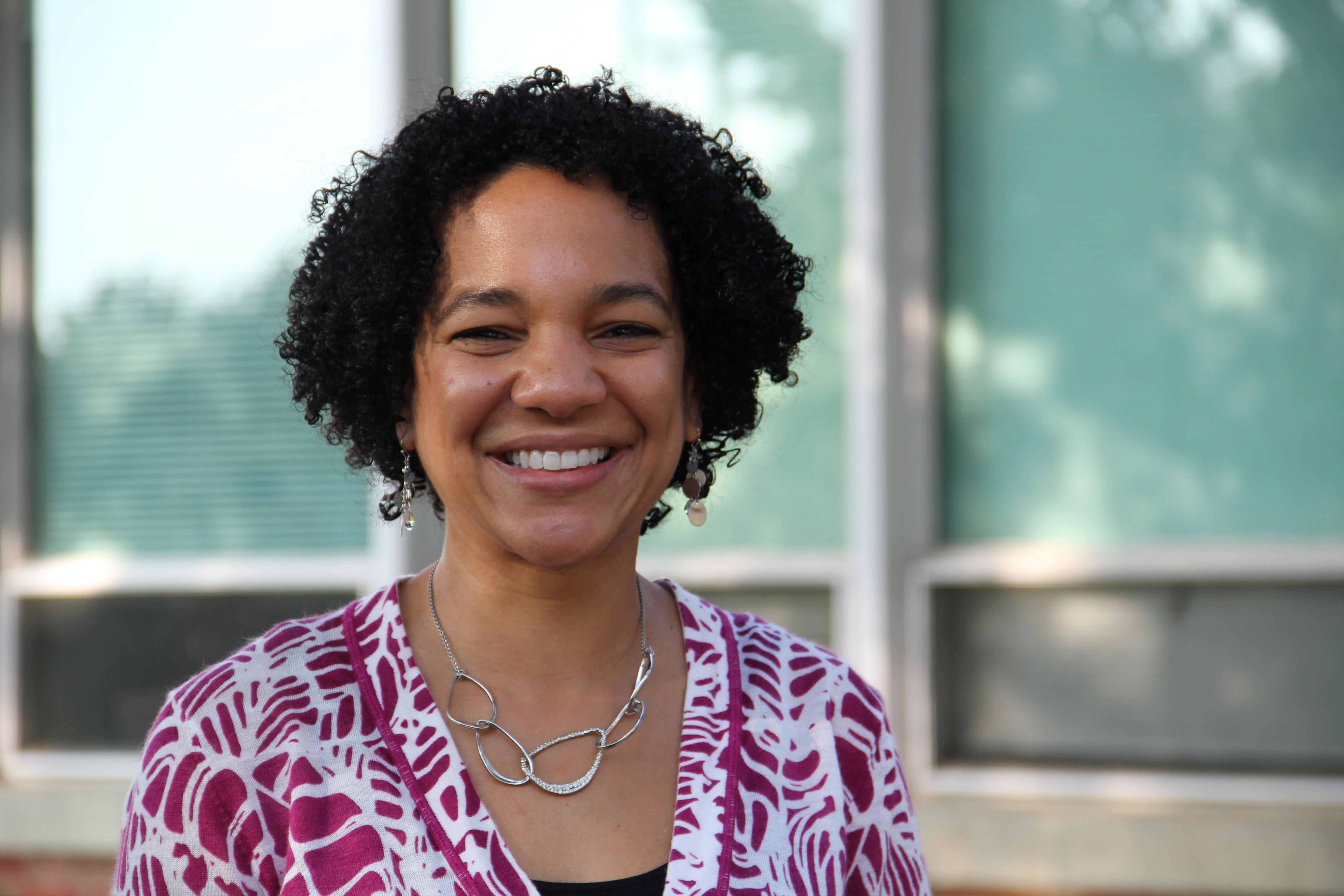The media paints an almost uniformly bleak and dehumanizing picture of the problems minority children face, depending on the culture they grow up in. But many youth of color are actively transforming their communities while maintaining important connections to their cultural heritage, and a conference this week at the University of Virginia will seek to learn from them.
Youth-Nex, the University of Virginia Center to Promote Effective Youth Development, will host the conference, “Youth of Color Matter: Reducing Inequalities Through Positive Youth Development” on Thursday and Friday.
Joanna Lee Williams, associate professor at the Curry School of Education and 2014 William T. Grant Scholar, will chair the conference. Her scholarship considers race and ethnicity as social contexts for youth development and has explored the positive benefits of ethnic identity in adolescence along with youths’ experiences of school and peer group diversity.
The Curry School’s Audrey Breen recently spoke with Williams about the efforts to use the “positive youth development” lens when engaging in conversations about youth of color.
Q. Is the current narrative we hear about students of color incomplete?
A. Absolutely. What tends to lead the conversation about youth of color are the problems – where they are behind, where they are struggling. We hardly ever acknowledge that many ethnic minority youth are doing well, and we rarely focus our attention on the ways youth of color are valuable assets to their communities.
It is true that the reality is that there are gaps in opportunities across racial and ethnic groups that hinder many youths’ chances to flourish. Looking at this discrepancy, and the structures in our country that maintain it, is critical. But it is just as important that we talk about youth of color themselves from a strengths-based perspective.
Q. What is “positive youth development” and what does it mean to focus on the assets and capacity of youth of color?
A. The positive youth development framework is founded on the premise that all youth have strengths and have the capacity to thrive. By examining youth of color through a positive youth development lens, we will begin to see a different story than the one we hear most often.
This conversation is particularly important, not only in light of recent headlines, but also because the numbers of children of color are growing. According to the U.S. Census Bureau, as of 2011 about half of youth under age 5 and slightly more than half of children under age 1 were racial/ethnic minorities.
Q. What might we gain by focusing on the more positive part of the story about youth of color?
A. There is a growing emphasis on focusing on positive youth development as we consider ways to promote thriving for all youth. That is the focus of the research center at the Curry School of Education, Youth-Nex. But the framework is not a one-size-fits-all philosophy. I think there is a unique benefit to using that lens on students of color.
By bringing the magnifying glass of positive youth development closer to racial and ethnic minority youth, I believe we’ll discover that we have been missing opportunities to examine the ways that ethnicity and culture matter in thriving. Omitting such a focus will continue to perpetuate one-sided interpretations of youth of color.
Q. Can you give an example of how ethnicity and culture might bring unique opportunities for the positive development of youth of color?
A. This week we are hosting a conference on this topic, and one of our speakers is Monica Tsethlikai from the University of Arizona, where she works with American Indian youth. In her work, she has learned that the cultural practices well-established in the Native American population are aligned with core principles of positive youth development in ways that, for example, promote self-regulation, community engagement and giving back to society.
Q. You mentioned the Youth-Nex annual conference. What is going to happen during the conference?
A. Scholars from the University of Virginia, Loyola University, University of Arizona, Claremont Graduate University, University of Houston and Rutgers University will be joined by educators, practitioners and community activists from Charlottesville and Albemarle, New York City, San Diego and Washington, D.C. in serving as speakers for the two-day conference. I’m especially looking forward to hearing from youth themselves who will be sharing their ideas and discussing their own efforts to create change and promote social justice.
Q. What do you hope comes of the two-day gathering?
A. It is my hope that all of us attending walk away with two notions. All youth of color are not doing poorly; in fact, many are thriving, but to ensure that youth of color do indeed matter, we need to identify the contexts and resources that promote opportunities for success. And, bringing a focus on race, ethnicity and diversity to the field of positive youth development will be beneficial for all youth.
I would also add that it is my hope that we commit ourselves to including youth of color in the process of making these changes. These are not issues for adults only to address. We must start thinking about how we engage youth in this conversation to really create change.
Media Contact
Article Information
October 6, 2015
/content/qa-we-need-talk-about-race-understand-positive-youth-development

